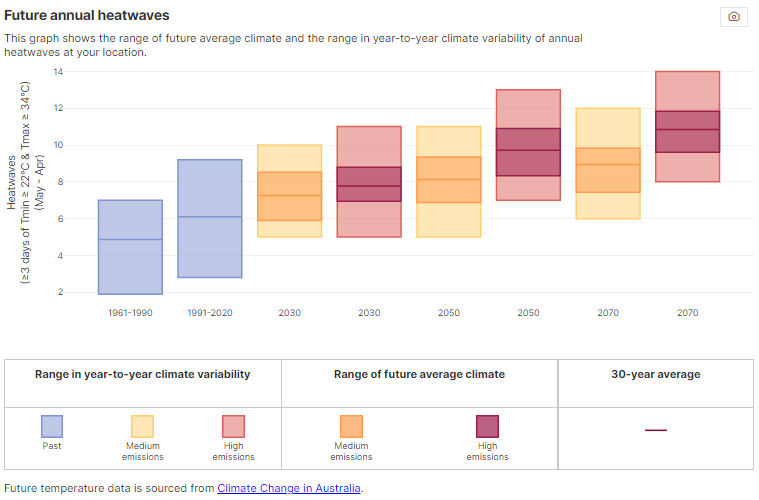Climate Services for Agriculture: a new website for Territory pastoralists
There’s a new climate website for agriculture and it’s easy to use! There are 2 things that make the Climate Services for Agriculture website stand out. The first is that it provides simple monthly and seasonal forecasts of rainfall totals. The information is relevant and to-the-point for Territory pastoralists and producers.
When you open the national site, you will need to locate your property. Typing in a town, community or highway name can help get you in the right region. You might need to scroll around to find your property. Click on the map when you are in the right area in the NT.
Seasonal and monthly forecast
The national rainfall forecast provides a simple graphic showing the range of rainfall forecasts for your area (Figure 1). You can choose the next month, or the next 3 months. The date in the top corner tells you when the information was last updated. An important feature is the star rating that quickly shows the past accuracy for forecasts at this location in the Territory, at the given time of year, something readers of these forecasts should always be aware of.

The second feature that makes this national site unique is a summary of past rainfall and temperature records in the NT and likely future climate under a couple of climate change scenarios. Farmers and producers are an optimistic bunch, often guilty of looking at the past through rose-coloured glasses, so accurate historical records are invaluable. The future outlooks are interesting, particularly for those making long-term or drought management plans in the Territory.
Past climate
There are 2 commodities available for the Northern Territory. If you select Northern beef as the commodity you are interested in, then the data is presented as either the wet (summer) season and the dry (winter) season, which is more useful for pastoralists than a calendar year history. It’s a great way of understanding what rainfall is likely based on past records for the NT. The general commodity description also contains detailed temperature analysis.
You will notice that the ‘past’ data is described in 2 separate periods. These are 1961-1990 and 1991-2020 (Figure 2 & 3). Climatologists call these ‘climate normals’. The period of 30 years is used as it is likely to include most of the yearly variability, but isn’t so long that longer-term climate impacts have an influence on the results.

Future climate
The future climate scenarios are interesting to look at for the Territory. While rainfall averages aren’t necessarily forecast to change much, the variability in rainfall looks like increasing, particularly in the southern areas of the NT.
This sort of information might be beneficial to producers looking to build adjustability into their herd. In an increasingly variable climate, it might be wise to spend money on fencing that allows for segregation of stock classes. Target herds could then be efficiently mustered and prepared for sale when seasonal conditions look likely to be dry for the region.
It’s worth taking some time to look at the temperature predictions too (Figure 2). The number of hot days per year looks likely to increase for most regions. How does an extra 49 days over 35 degrees sound? This is the current forecast for Alice Springs in 2070 with a scenario of medium emissions. If this might be a problem for cows with new calves at foot, are there some long-term plans that you should implement now so that you are prepared for changes in the Territory? Heatwaves are also forecast to increase in frequency under both scenarios in the Alice Springs area (Figure 3).

This national website is currently under development and Territory producers are encouraged to provide feedback to the developers. Climate Services for Agriculture is a part of a suite of projects funded by the Australian Government as part of the Future Drought Fund. Find out more about your region by visiting: Climate Services for Agriculture (indraweb.io)
Head to DITT’s website to find out more about how Territory producers can get involved: https://industry.nt.gov.au/industries/primary-industry/agriculture/agricultural-developments/future-drought-fund
